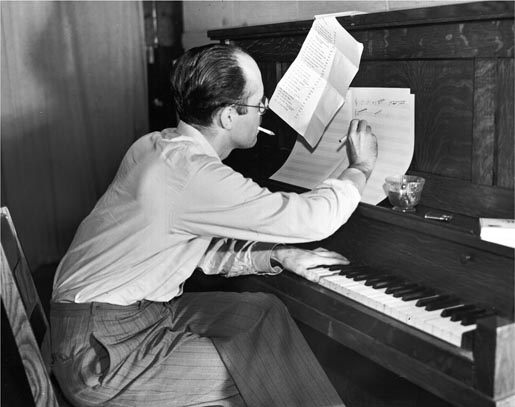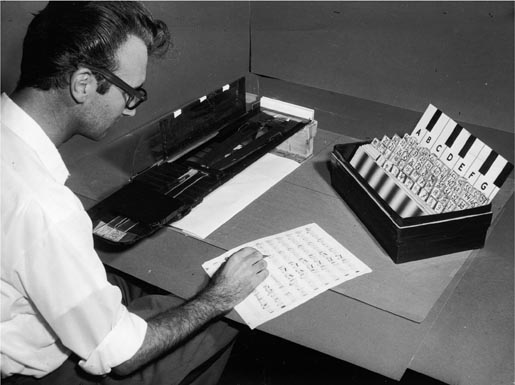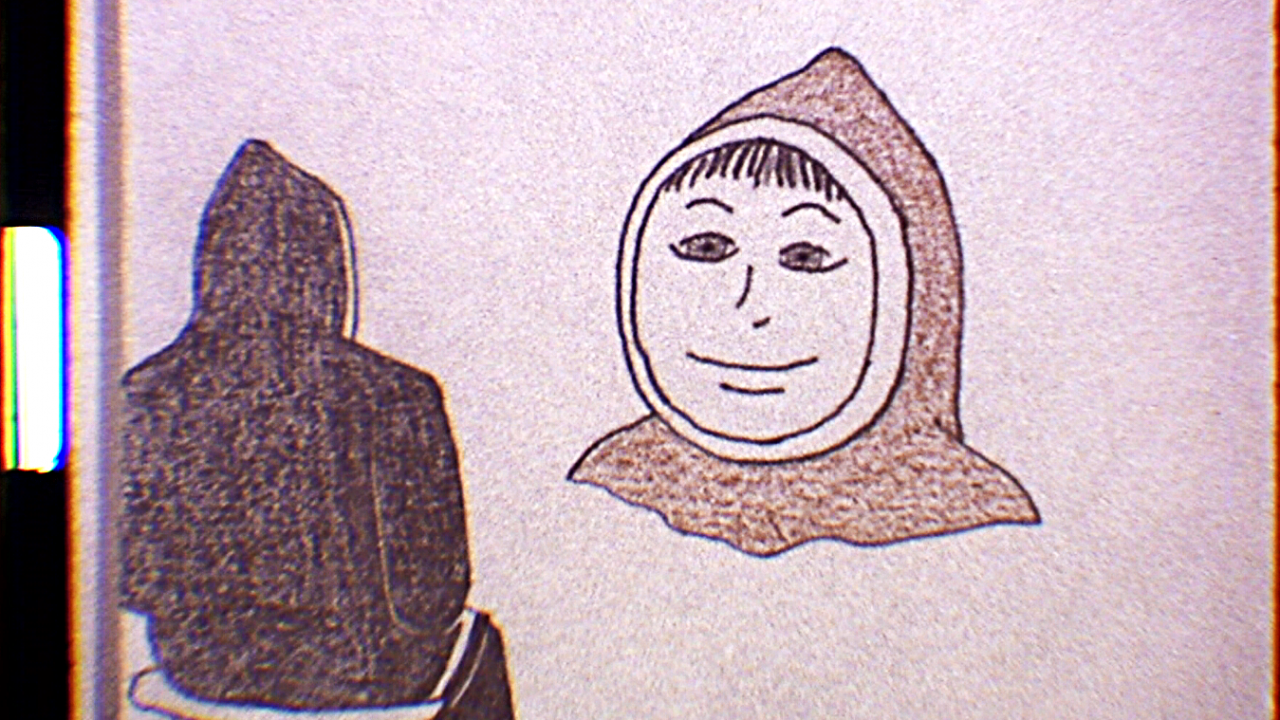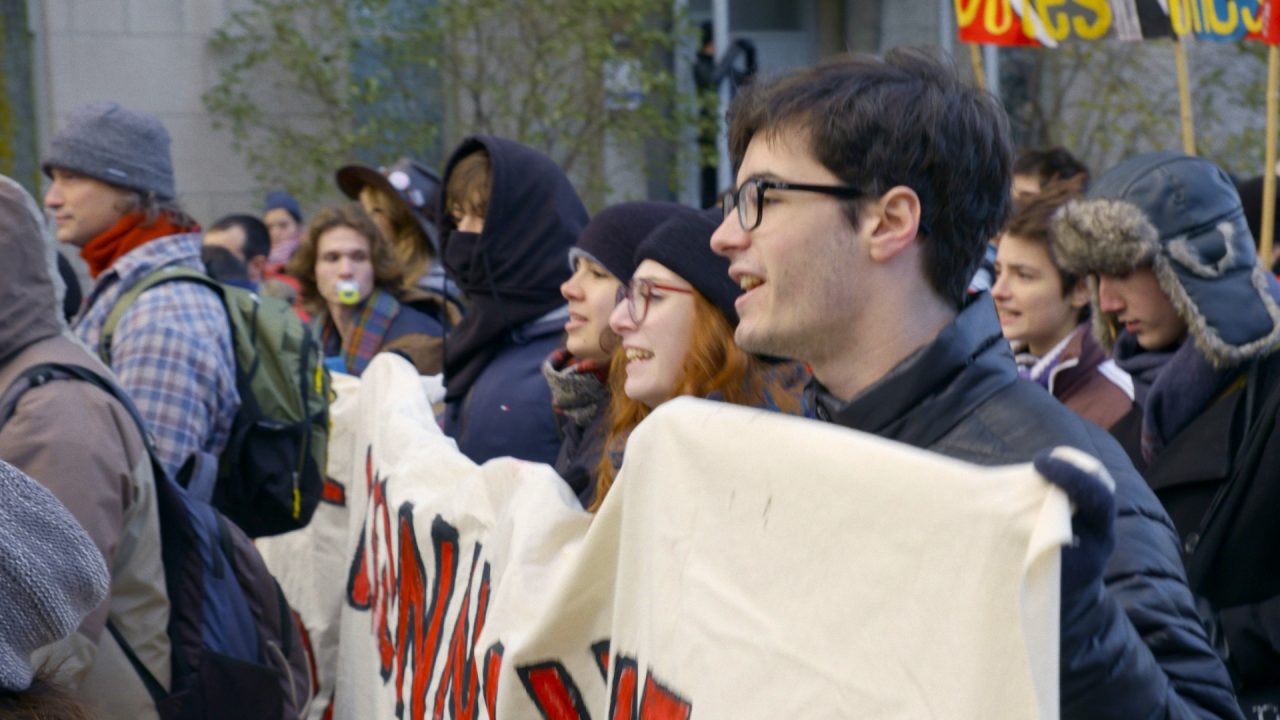
Music of the NFB | Discover A Vintage Vinyl
Music of the NFB | Discover A Vintage Vinyl
In 1977, the NFB released an unusual item given its mandate and the nature of its activities: a vinyl record. This special project was realized under the direction of three important figures of the institution: musician-composers Maurice Blackburn and Alain Clavier, and director-producer Anne Claire Poirier.
Simply titled Musiques de l’ONF/Music of the NFB: Volume 1, this double LP was made to showcase the musical qualities of certain NFB productions. Those behind the project regarded the chosen compositions and soundtracks as works of art that deserved to be broadcast without necessarily being accompanied by moving images.
Produced as a promotional item, the record was never commercialized. It was distributed for free across Canada to school boards, public schools, municipal libraries, and community radio stations. Sadly, in the late 70s, vinyl was already on the way out (particularly because of the rising popularity of the 8-track cartridge and the audio cassette) and the NFB’s free record eventually disappeared from several collections, given that, by the mid-80s, its format was already considered obsolete.

However, the record had a second life and later became a cult object for many collectors interested in the early stages of electronic music and electro-acoustic innovations. Although it was never sold, the album found its way into second-hand stores and neighbourhood rummage sales, where certain music lovers succeeded in getting their hands on it. The fact that this compilation was unusual, rare, and never sold in stores made it a sought-after album in record collector circles. It’s actually not surprising to see that certain copies are selling for hundreds of dollars on collector websites (such as Discogs).

Even though the record was never re-released and is still very hard to find, you can still listen to some of the tracks found on the album (while watching the films for which they were originally composed).
Maurice Blackburn and Norman McLaren | Blinkity Blank
Blinkity Blank , Norman McLaren, provided by the National Film Board of Canada
The album opens with a collaboration between Maurice Blackburn and Norman McLaren, where classical instruments met synthesized sounds. A score for clarinet, bassoon, flute, cello, and oboe was mixed with electronic sounds created by McLaren who drew directly onto the film soundtrack. This innovative technique would later make McLaren famous. In 1955, it was rather unusual to mix classical instrumentation with electronic sounds. This is a piece that showcases the vision of these two great creators fascinated by the relationship between sound and image.
Eldon Rathburn | Canon
Canon, Norman McLaren & Grant Munro, provided by the National Film Board of Canada
This piece by composer Eldon Rathburn offers us a modern reinterpretation of the old musical form of a round, using the nursery rhyme “Frère Jacques” as a starting point. Again, the modern character of this piece draws on an experimental mix marrying recorded instrumental music with electronic synthesized sounds.
Eldon Rathburn, Maurice Blackburn | Christmas Cracker
Christmas Cracker, Norman McLaren, Jeff Hale, Gerald Potterton & Grant Munro, provided by the National Film Board of Canada
I know summer is around the corner and that we don’t want to think about winter, but how can you resist this off-the-wall reinterpretation of classic Christmas music? Almost anything goes in this mash-up: synthesized sounds, classical and electric guitar, jazz trio, organ, bass, percussion, piano, bells, carillons, and even sampling real-world sounds. This three-part composition ends up sounding both familiar and unique. The third part, which starts during the 4th minute of the movie, is by far the most experimental and interesting in my opinion.
Pierre Mercure | La forme des choses
La forme des choses, Jacques Giraldeau, provided by the National Film Board of Canada
Director Jacques Giraldeau partnered with the great Canadian composer Pierre Mercure to create the soundtrack for this documentary that captures the first sculpture symposium in North America. Mercure finds inspiration in sounds and noises generated by the act of sculpting to create this modern composition that brings together brass, natural sounds recorded on a magnetic tape and synthesized sounds.
Maurice Blackburn | Jour après jour
Jour après jour, Clément Perron, provided by the National Film Board of Canada
Lasting nearly 28 minutes, this is the longest track on the album. If the film is exalted for the sublime photography of Guy Borremans, then its soundtrack contributes just as much to the film’s success. Since the film deals with the rhythmical and sometimes alienating nature of factory work, Blackburn composed a minimalist piece, drawing inspiration from serial music and musique concrète. Blackburn’s composition brilliantly brings together natural sounds captured on set to create a complete sound environment.
Norman McLaren | Neighbours
Neighbours, Norman McLaren, provided by the National Film Board of Canada
Does this classic still need an introduction? As an Oscar®-winner, it is probably one of the most popular films in the NFB collection, and its innovative soundtrack certainly had a role to play in its success. Created in 1952 by McLaren by photographing “cards, each bearing the graphical plot of a sound frequency, combined to give the desired music” directly onto the film soundtrack, this electronic music is considered by some as the oldest to have been recorded in Canada.
Norman McLaren: Animated Musician
Norman McLaren: Animated Musician, Donald McWilliams, provided by the National Film Board of Canada
If you are interested in McLaren’s music and would like to learn more about his compositional method, I strongly suggest you watch Norman McLaren: Animated Musician by director Donald McWilliams. Through a detailed study and rare archives, McWilliams reveals the technical secrets of this great artist of the 20th century.
Enjoy the films and, above all, the music!





Excellent!